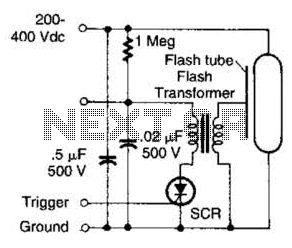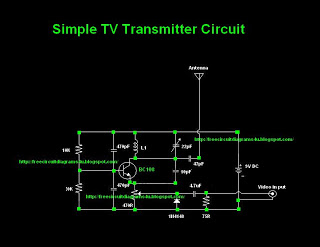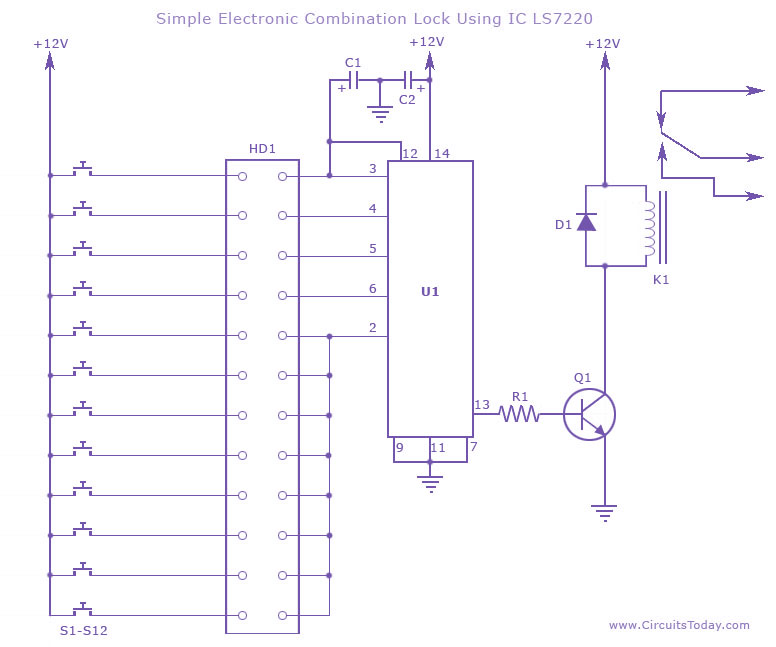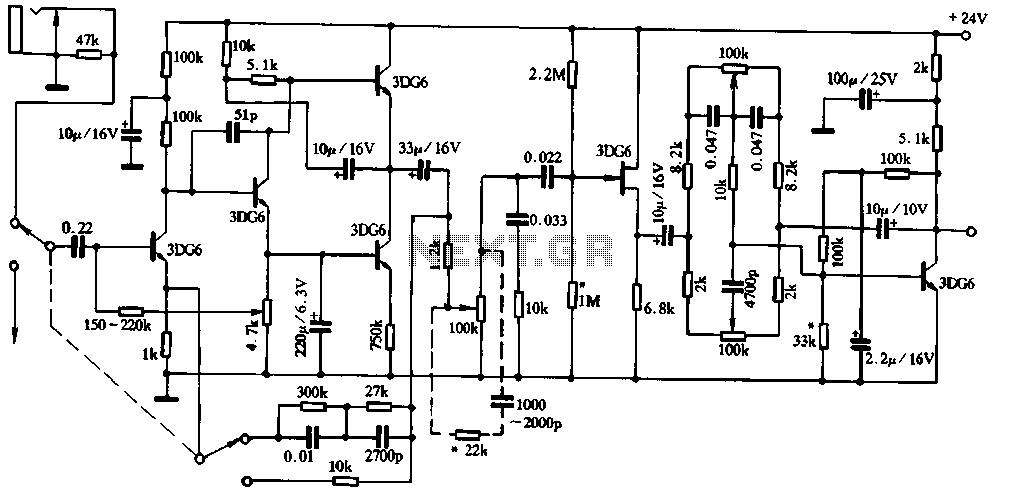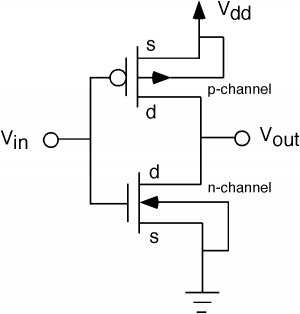
LM1830 low level detector schematic circuit design
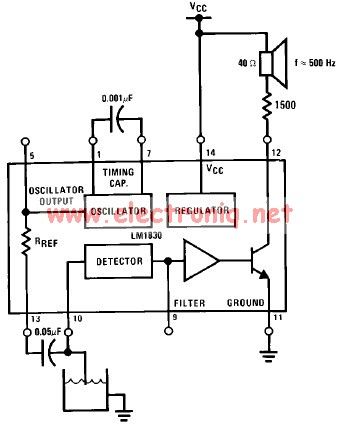
The LM1830 low-level detector can utilize an audio indication (speaker) or a visual indicator (LED - light-emitting diode) that activates when the level is too low. This low-level detector circuit generates a 500 Hz audio signal when the level is low. The low-level detector requires a 16 V DC power supply, and the recipient must be made of metal, as the ground of the circuit needs to be connected to the recipient.
The LM1830 low-level detector is designed to monitor signal levels and provide an alert when those levels fall below a predetermined threshold. The circuit can be configured to drive either an audio output, typically a small speaker, or a visual output via an LED. When the input signal is detected to be below the set level, the LM1830 activates a 500 Hz audio tone, which serves as an audible alert, while simultaneously illuminating the LED to provide a visual cue.
The circuit requires a stable 16 V DC power supply to function correctly. The power supply should be able to deliver sufficient current to drive both the audio and visual indicators without distortion or failure. The inclusion of a metal recipient is crucial, as it serves as a ground reference for the circuit. This ground connection ensures that the circuit operates reliably and minimizes noise interference that could affect the detector's performance.
In terms of implementation, the circuit can be built using standard components that include resistors, capacitors, and the LM1830 integrated circuit. Proper selection of these components is essential to ensure the desired sensitivity and response time of the low-level detection. The output stage should be designed to handle the power requirements of the speaker or LED, with appropriate current-limiting resistors for the LED to prevent damage.
Overall, the LM1830 low-level detector circuit is a versatile solution for applications requiring reliable monitoring of signal levels, providing both audio and visual alerts to indicate low-level conditions effectively.This LM1830 low level detector can use an audio indication (speaker ) or a visual indicator (LED- light emitting diode ) that will light when the level is too low. This low level detector circuit will generate a 500 Hz audio signal when the level is low. This low level detector require a 16 V DC power supply and the recipient must be from some m etal, because you need to connect the ground of the circuit to the recipient. 🔗 External reference
The LM1830 low-level detector is designed to monitor signal levels and provide an alert when those levels fall below a predetermined threshold. The circuit can be configured to drive either an audio output, typically a small speaker, or a visual output via an LED. When the input signal is detected to be below the set level, the LM1830 activates a 500 Hz audio tone, which serves as an audible alert, while simultaneously illuminating the LED to provide a visual cue.
The circuit requires a stable 16 V DC power supply to function correctly. The power supply should be able to deliver sufficient current to drive both the audio and visual indicators without distortion or failure. The inclusion of a metal recipient is crucial, as it serves as a ground reference for the circuit. This ground connection ensures that the circuit operates reliably and minimizes noise interference that could affect the detector's performance.
In terms of implementation, the circuit can be built using standard components that include resistors, capacitors, and the LM1830 integrated circuit. Proper selection of these components is essential to ensure the desired sensitivity and response time of the low-level detection. The output stage should be designed to handle the power requirements of the speaker or LED, with appropriate current-limiting resistors for the LED to prevent damage.
Overall, the LM1830 low-level detector circuit is a versatile solution for applications requiring reliable monitoring of signal levels, providing both audio and visual alerts to indicate low-level conditions effectively.This LM1830 low level detector can use an audio indication (speaker ) or a visual indicator (LED- light emitting diode ) that will light when the level is too low. This low level detector circuit will generate a 500 Hz audio signal when the level is low. This low level detector require a 16 V DC power supply and the recipient must be from some m etal, because you need to connect the ground of the circuit to the recipient. 🔗 External reference
